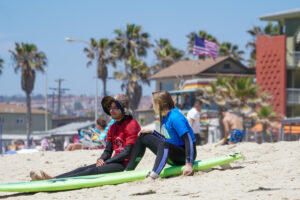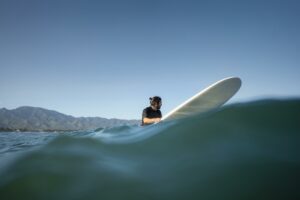Surfing is not just a sport; it’s a lifestyle that embodies the spirit of freedom, adventure, and connection with nature. It is a mesmerizing dance between the surfer and the ocean, where every ride on a wave tells a unique story. Capturing these stories through the lens of a camera is the essence of surf photography, an art form that requires skill, passion, and an innate understanding of the ocean’s ever-changing moods. In this blog post, we delve deeper into the captivating world of surf photography, exploring tips and techniques from some of the most renowned photographers in the field. We will also discuss the importance of choosing the right gear, mastering your camera settings, and developing your unique style to stand out in this competitive yet rewarding realm of photography.
Surf photography is a magical fusion of athleticism, spontaneity, and serendipity. It offers a visual narrative of the intricate relationship between humans and the ocean, often resulting in breathtaking images that evoke a sense of awe and admiration for the sport and its enthusiasts. The best surf photographers possess an unwavering commitment to their craft, often braving harsh elements and challenging environments to capture the perfect shot. Moreover, they have a deep-rooted understanding of the ocean’s intricacies, enabling them to anticipate that fleeting moment when a surfer and a wave collide in perfect harmony.
Like any other form of photography, surf photography has its unique set of challenges and demands. The unpredictable nature of the ocean, coupled with the fast-paced action of surfing, makes it an adrenaline-fueled and, at times, perilous pursuit. It requires photographers to be agile, resourceful, and patient, constantly adapting their techniques and approaches in response to the ever-shifting conditions. Moreover, they need to be well-versed in the art of reading waves, currents, and winds, as well as possess a keen eye for composition, lighting, and timing.
In the vast and rapidly evolving world of surf photography, there are a few names that have risen to prominence, earning their place among the genre’s most respected and sought-after professionals. These top photographers, such as Chris Burkard, Zak Noyle, and Clark Little, have carved their niche through their distinctive styles, innovative approaches, and unwavering passion for the sport. Their works have captured the imagination of surf enthusiasts and photography buffs alike, providing a veritable treasure trove of inspiration and insights for aspiring surf photographers.
As an aspiring surf photographer, immersing yourself in the world of surfing and forging connections with surfers and fellow photographers is crucial to your growth and success. By surrounding yourself with like-minded individuals who share your passion for the sport and its visual representation, you can gain valuable perspectives, learn from their experiences, and refine your techniques. Additionally, engaging with the surf community allows you to network, collaborate, and gain exposure, opening doors to new opportunities and possibilities that can propel your career as a surf photographer.
In the next sections of this blog post, we will delve into specific tips and techniques that can help you hone your skills as a surf photographer, from mastering the art of reading waves and choosing the right gear to learning from the pros and developing your unique style. So, grab your camera, pack your wetsuit, and let’s dive headfirst into the exhilarating world of surf photography.
1. Understand the Elements
To take exceptional surf photos, it’s essential to have a deep understanding of the ocean and its elements, including the waves, wind, and tides. Knowing how these factors work together and change throughout the day and season will help you anticipate the right moments to capture the perfect shot. Check out resources like Magicseaweed or Surfline for surf forecasts and helpful information on surf conditions.
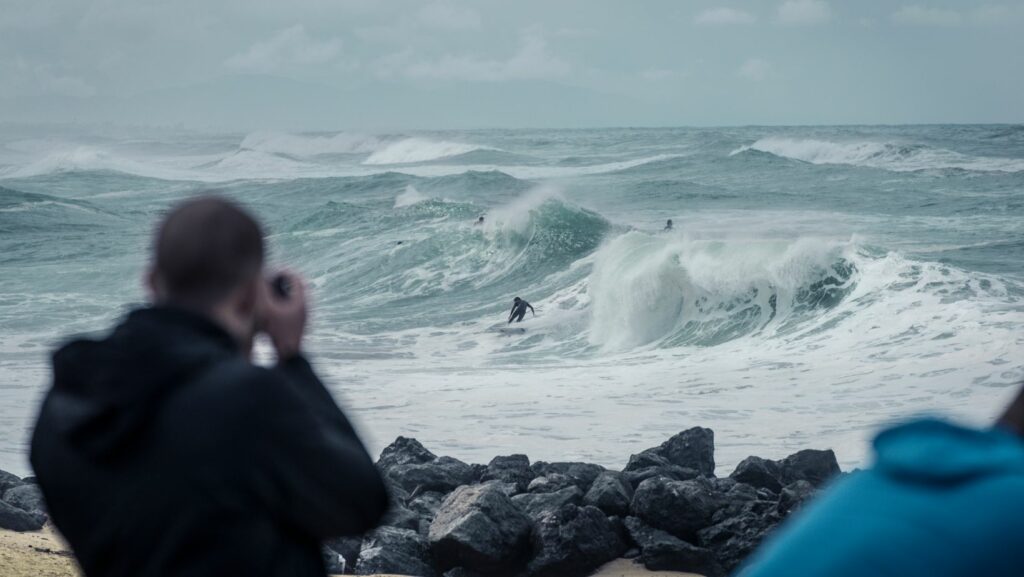
2. Choose the Right Gear
Using the right gear is crucial for capturing stunning surf images. Invest in a high-quality waterproof camera, such as the Nikon D850 or Canon EOS 5D Mark IV, to ensure your equipment will withstand the elements. Additionally, consider purchasing a waterproof housing and camera leash for added protection. Don’t forget about a reliable tripod for stability when shooting from the beach and a telephoto lens to capture those epic long-range shots.
3. Master Your Camera Settings
Understanding your camera settings is vital in surf photography. Familiarize yourself with aperture, shutter speed, and ISO to maximize the quality of your images. For action shots, use a fast shutter speed (1/1000 sec or faster) to freeze the action, while for more artistic shots, consider a slower shutter speed to convey motion. Experiment with different camera settings to find the perfect balance of exposure and sharpness for your style.
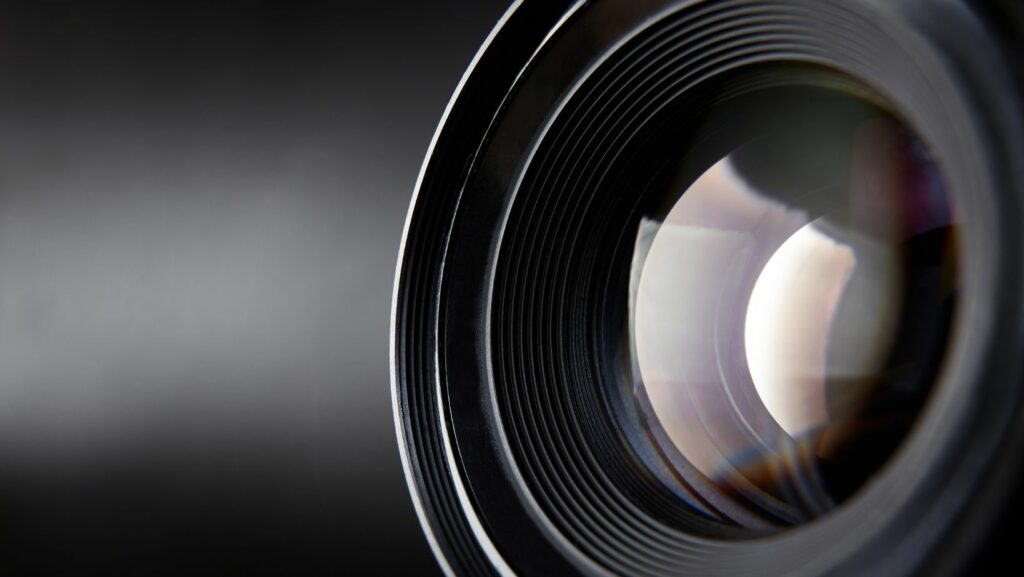
4. Learn from the Pros
Follow prominent surf photographers like Chris Burkard, Zak Noyle, and Clark Little on social media and study their techniques and compositions. Analyze their images for inspiration and learn from their experiences in the field. Additionally, consider attending surf photography workshops or joining online forums to connect with other aspiring surf photographers and share knowledge, tips, and techniques.
5. Be Patient and Persistent
Surf photography is a waiting game. You may spend hours in the water or on the beach waiting for that perfect moment to capture an epic wave or an incredible maneuver. Practice patience and persistence to improve your chances of getting the shot you’re after. Remember, the more time you spend in the water, the better you become at reading the ocean and anticipating those magical moments.
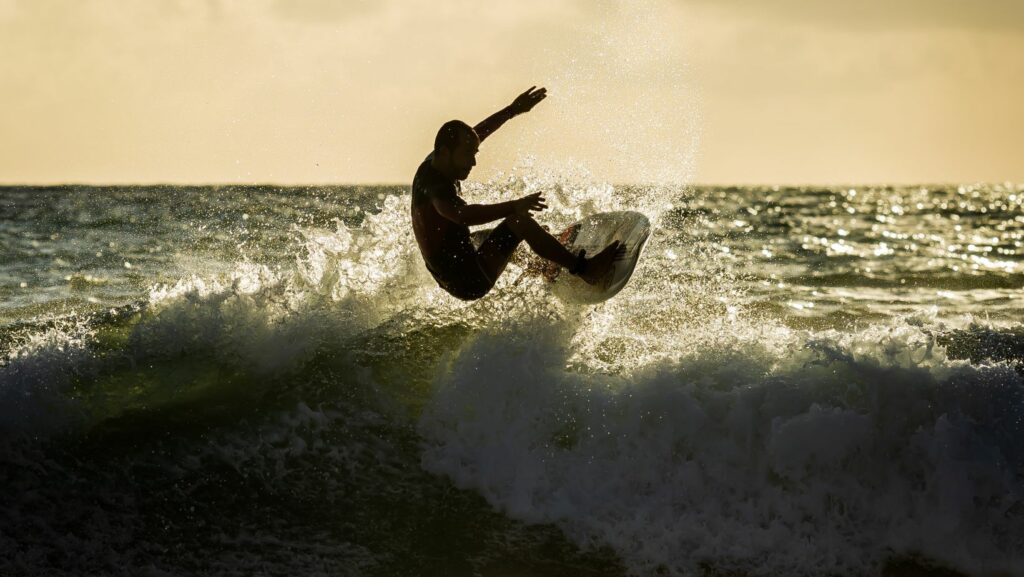
6. Develop Your Unique Style
Experiment with different angles, compositions, and lighting to develop your unique style in surf photography. Don’t be afraid to break the rules and push the boundaries of your creativity. Whether you prefer action-packed shots, dramatic seascapes, or intimate portraits, finding your niche will make your work stand out in the competitive world of surf photography.
7. Network with the Surf Community
Surf photographers rely on the support and connections within the surf community to grow and evolve in their craft. Attend surf events, join local surf clubs, and engage with surfers and other photographers online and in-person. Building relationships with surfers and fellow photographers will open doors to new opportunities and help you gain valuable insights and experience in the industry.
In conclusion, surf photography can be a thrilling and fulfilling pursuit for those passionate about the ocean and the sport of surfing. By following the tips and techniques shared by top surf photographers, honing your skills, and immersing yourself in the surf community, you’ll be well on your way to capturing the beauty and essence of surfing through your lens.
Are you ready to take your passion for surfing to the next level? Why not join the Pacific Surf family in San Diego and learn from our experienced instructors while capturing amazing surf photos of your own? With our expert guidance and supportive community, you’ll be riding waves and snapping breathtaking surf shots in no time. Visit our website at Pacific Surf to book your lessons today!


